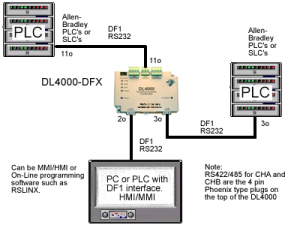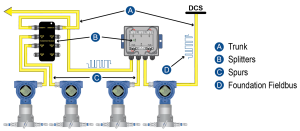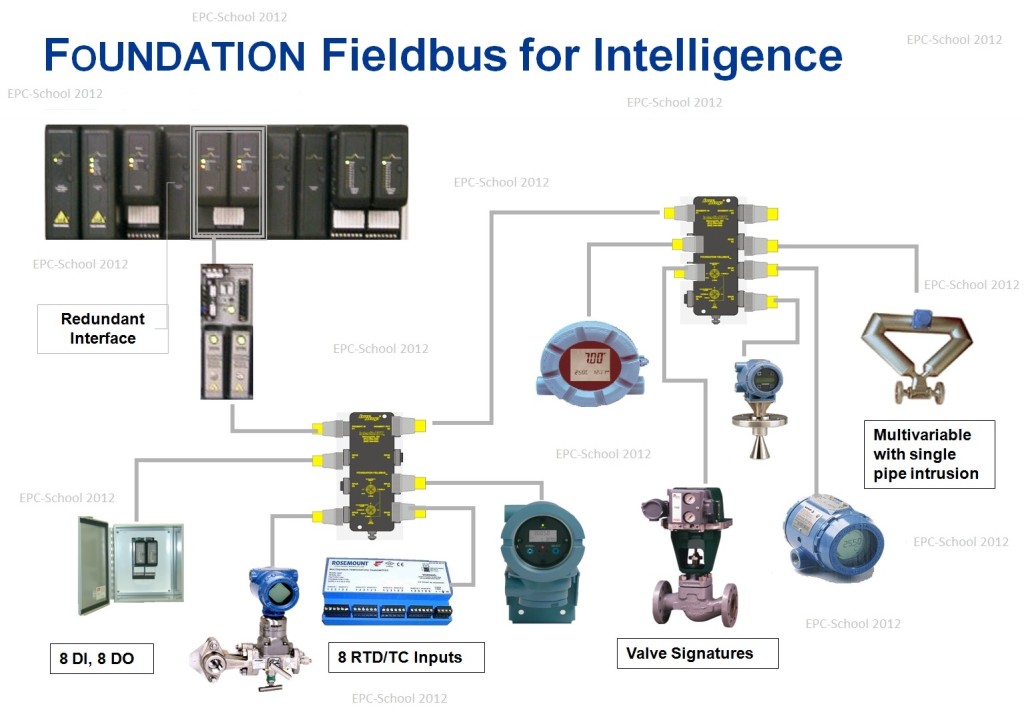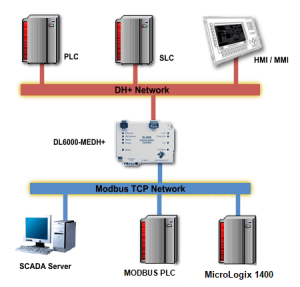Enhancing Industrial Communication: Equustek DL4000-DFX as the Allen Bradley DF1 Port Splitter Replacement

In the realm of industrial automation, efficient communication between devices is crucial for seamless operations. The now-obsolete Allen Bradley 1747 Port Splitters, specifically the 1747-DPS1 and 1747-DPS2 models, were once pivotal in enabling RS-232/DF1 full-duplex communication ports on controllers to expand into two ports. This facilitated simultaneous communication with two external devices across various controller types, including the SLC 500, PLC-5, MicroLogix, ControlLogix, CompactLogix, and FlexLogix.
However, as technological landscapes evolve, the discontinuation of the Allen Bradley port splitter has left a void for reliable and compatible alternatives. Enter the Equustek Solutions Inc DL4000-DFX, a robust and advanced replacement designed to meet modern industrial communication needs.
Understanding the Need for Port Splitting
Industrial environments often demand concurrent communication between multiple devices and controllers. The capability to split a single port into two for simultaneous interactions was a game-changer for many operations, streamlining processes and enhancing overall efficiency.
The Allen Bradley 1747 Port Splitters, while once instrumental, have become obsolete. However, the DL4000-DFX from Equustek Solutions steps in as a comprehensive alternative, addressing the communication challenges faced by industries relying on Allen Bradley’s older models.
Evolution with DL4000-DFX
Equustek Solutions Inc recognized the significance of efficient communication in industrial settings. The DL4000-DFX serves as a powerful replacement, offering enhanced functionalities and seamless integration across a wide spectrum of controllers and devices.
Features and Compatibility
- Enhanced Compatibility: Much like its predecessor, the DL4000-DFX is designed to integrate with various controllers, ensuring a smooth transition for users accustomed to the Allen Bradley 1747 Port Splitters.
- Expanded Functionality: The Equustek solution not only replicates the port-splitting capabilities but also incorporates advancements in communication protocols and technologies, allowing for more efficient data exchange and connectivity.
- Ease of Integration: The DL4000-DFX maintains compatibility with existing Allen Bradley programming cables, simplifying the transition process for users migrating from the older system.
Addressing Obsolescence Concerns
With Allen Bradley discontinuing the 1747 Port Splitters, concerns regarding support, maintenance, and availability of spare parts arise. Equustek Solutions steps in to alleviate these worries by providing a reliable and contemporary alternative in the form of the DL4000-DFX. The robustness of the Equustek product ensures continuous support and availability for industrial operations.
The Future of Industrial Communication
As industries evolve and technologies advance, the need for efficient communication solutions remains paramount. Equustek Solutions Inc’s DL4000-DFX stands as a testament to innovation in addressing these evolving needs, offering a seamless transition from the outdated Allen Bradley 1747 Port Splitters.
In conclusion, the shift from the Allen Bradley DF1 Port Splitter to Equustek’s DL4000-DFX signifies not just a replacement but an upgrade in capabilities, reliability, and support. Industrial operations can continue their seamless communication with enhanced features, ensuring productivity and efficiency in an ever-evolving technological landscape.
For more information on DL4000-DFX and other DL4000 models with other protocol capability like MODBUS to DF1, MODBUS RTU to MODBUS ASCII, MODBUS to ASCII, DF1 to ASCII and Allen Bradley Power Monitor 3000 to MODBUS visit our DL4000 product page
https://www.equustek.com/serial-serial-converters-df1-modbus-ascii/



 platforms using advanced as well as primary regulatory control, along with some of the discrete commands associated with those functions. The technology was previously used in the process industries; however, with recent advancements, Foundation Fieldbus are now being applied in power plants as well.
platforms using advanced as well as primary regulatory control, along with some of the discrete commands associated with those functions. The technology was previously used in the process industries; however, with recent advancements, Foundation Fieldbus are now being applied in power plants as well. 

 If you are in a situation where you have an Allen Bradley MicroLogix 1400 with MODBUS TCP/IP support, and you want it to communicate with the DH+ network devices like Allen Bradley’s PLC5 and SLC5/04, where the MicroLogix Ethernet port is configured for MODBUS TCP/IP Master so that it can get data from any DH+ Device ( PLC5s and SLC504s), or the other way when the DH+ Nodes or devices like PLC5 or SLC5/04 wants to get data from MicroLogix which it’s Ethernet port is configured in this case for MODBUS TCP/IP Slave, that said not many easy affordable solutions are out there, however Equustek Solutions
If you are in a situation where you have an Allen Bradley MicroLogix 1400 with MODBUS TCP/IP support, and you want it to communicate with the DH+ network devices like Allen Bradley’s PLC5 and SLC5/04, where the MicroLogix Ethernet port is configured for MODBUS TCP/IP Master so that it can get data from any DH+ Device ( PLC5s and SLC504s), or the other way when the DH+ Nodes or devices like PLC5 or SLC5/04 wants to get data from MicroLogix which it’s Ethernet port is configured in this case for MODBUS TCP/IP Slave, that said not many easy affordable solutions are out there, however Equustek Solutions